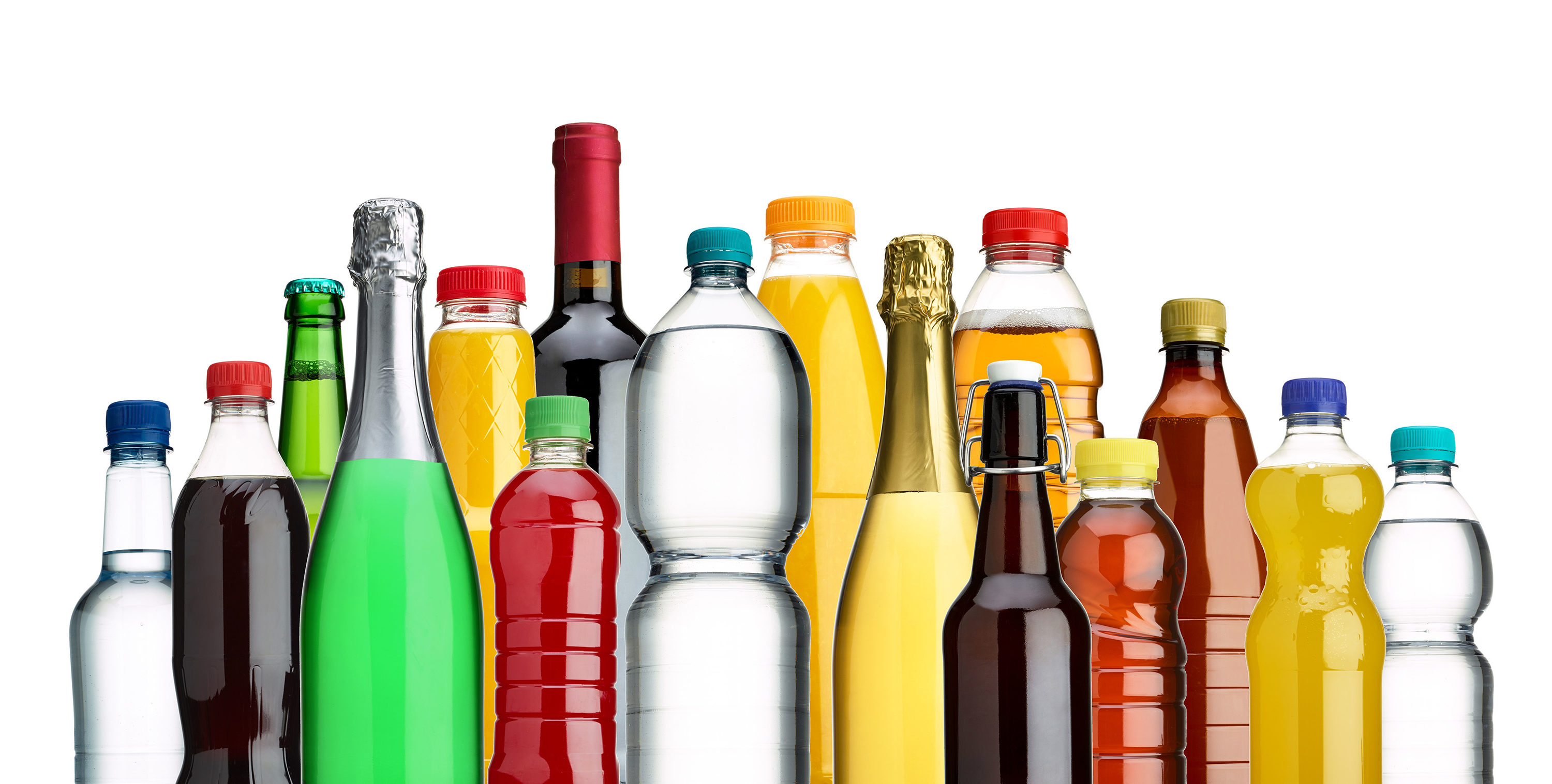The battle between glass bottles and plastic bottles is a long-lived one, spanning more than 60 years. With the environmentally-friendly argument, health benefits and taste impact to consider, it can be hard to choose a clear winner. But what is the better option? Let’s shed some light on some of the key elements in this case.

Factors to consider
With the public introduction of affordable plastic bottles beginning in the 1960s, the reduction of glass bottle production has been prominent. This is due to the unlikelihood of breakage, low production costs and lightweight nature of plastic bottles. In comparison to their glass counterparts, this makes plastic bottles much more popular.
More recently, however, the focus has been directed at the harmful aspects of plastic bottles. With the concerns of hidden dangerous chemicals like BPA, and the recently discovered dangers of leaving plastic bottles in the sunlight, the overall view on plastic bottles isn’t strictly positive. While the majority of plastic consumables are now BPA free, other destructive components may exist that are yet to be uncovered.
Aside from the chemical dangers, another unfavourable aspect would be the damage that plastic bottles contribute to the environment. In 2016, over 480 billion of plastic drinking bottles were sold worldwide, with only a disappointing less than 50% of those bottles being recycled. The production pollution, the lack of recycling and the incorrect discarding of plastic bottles causes injuries, and even death, to wildlife and sea life. These are all factors where the environment becomes the victim of humanity’s plastic bottle binge.
Not clear cut
But is glass better? It’s not just the health benefits glass bottles provide, with filtered water staying fresh without the risk of chemically-contaminated water. The washing and sterilisation of glass bottles is typically more effective than that of plastic bottles. The general consensus is that glass is a better material for the environment, and for our bodies too. But there are still dangers for brands, with broken glass and easier breakability having a visible impact on a company’s profit margins if production is on a large scale.
The production of glass bottles creates carbon emissions, not unlike those produced by plastic bottles. There is also the underlying factor that not all glass, like plastic, is recyclable. This means that the recycling rate is again insufficient in comparison to the damages of production.
Ultimately both glass and plastic bottles have health and environmental flaws, but that is not to say they do not have their merits too. What do you think? Is plastic better than glass? Or does the success of plastic bottles remain to be seen?The production of glass bottles creates carbon emissions, not unlike those produced by plastic bottles. There is also the underlying factor that not all glass, like plastic, is recyclable. This means that the recycling rate is again insufficient in comparison to the damages of production.
Ultimately both glass and plastic bottles have health and environmental flaws, but that is not to say they do not have their merits too. What do you think? Is plastic better than glass? Or does the success of plastic bottles remain to be seen?
And between steel, plastic and glass, which is the best? The truth of the matter is that there are pros and cons to owning each.
1, Stainless steel bottles have a number of pros and cons. Typically, they last longer than glass or plastic because they are corrosion resistant, and do not leach chemicals when exposed to sun/heat. They are generally more expensive than plastic, as the cost to produce them is much higher due to being energy intensive. However, stainless steel is 100 percent recyclable. The best option for selecting stainless steel bottles is food grade #304 or 18/8, which means there are 18 percent chromium and 8 percent nickel. Additional information on stainless steel bottles can be found online.
2, Glass is another option when choosing glass bottles. Most of us know that just about every beverage tastes better out of a glass bottle or cup, but the downside is that they are breakable and less likely to last a long time compared to plastic or stainless steel. In addition, recycling rate is low and some public places do not allow glass too. However, in addition to tasting great glass does not leach when left in the sun/heat, but the cost of a glass bottle is generally much higher than our other two options.
3, Plastic seems to be the most popular reusable bottle, although glass and stainless are gaining in popularity for the reasons listed here. Plastic bottles are cheaper to produce than stainless steel and glass, which makes them very attractive for consumers. However, the recycling rate of some plastics is low and the life cycles are short too. Plastic bottles often end up in landfills and can take nearly 700 years before they start to decompose. One of the biggest downsides to plastic bottles is that they leach, whereas glass and stainless steel do not. Some manufacturers of reusable bottles do produce products free of this chemical and typically note that on labels or the item itself. In addition, plastics made with BPA will often have a resin code of 7 appearing on the item.
Post time: Sep-07-2021
